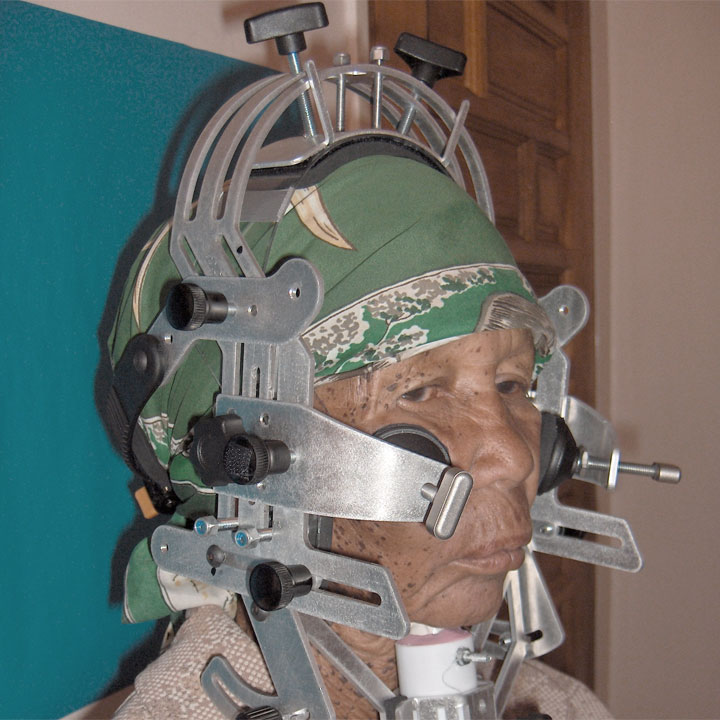Production Quality Vs. Melodic Quality

Roman Jakobson, the Russian formalist linguist, said that
“the poetic function projects the principle of equivalence from the axis of selection into the axis of combination.”
What he meant has had many books written about it and I’ll never do it justice, but for my purposes here could be simplified to the intersection of a writer’s choice in word with the writer’s choice in word placement; essentially, I end up thinking about “why did he or she choose that word, and why did he or she put that word next to these other words?”
I think of music writing in a similar way. A musician has an enormous range of notes to choose from in any given musical situation; of course only certain notes will make sense in a particular musical situation, just as certain words or types of words will make sense in a given textual situation. Not only that, but the emphases and the notes that the musician’s present note is surrounded by will change the value of that note. Both art forms can create harmony, dissonance, senselessness, and a huge range of emotion–purposely or otherwise–with word/note selection and word/note combination.
Whether you like the analogy or not, bear with me; there’s a ways to go. As sound production methods and theories grow exponentially, I’ve noticed that more and more people who create music are relying on the production options to get their point across rather than choosing the traditional modes of musical communication. Basically, people are choosing a square wave synth and some sub bass to build tension and drama rather than choosing particular notes or chords or melodies.
Let me make another analogy (sorry, god!). This time, imagine two people trying to communicate something. The first is a wheelchair bound girl with no control over any muscles except her mouth (this is very plausible, fuck you), and the second is a teenage cheerleader. The first, in describing an event will choose her words very carefully and give you a very thorough description, and the second will say “and then I was like…. and then the whole class was like… and then my parents were all like….,” using facial expressions and waving her arms around to get her point across. The wheelchair girl is music made with traditional, conservative modes of expression–basically symphonic instruments, but traditional rock and pop modes of expression as well–. The cheerleader is music that relies on production quality.
I don’t think either form of expression is necessarily better. Not only does it depend on the artist, it depends on the situation. When the house is on fire, I don’t want the wheelchair girl giving me a damn haiku about the beauty of fire, I want the screaming cheerleader, but when I want to think, the cheerleader can fuck right off. Ultimately, the best musicians are able to combine the expression in the music they’ve written with even more expression through fitting production.
Take a look at these two videos.
Obviously they’re of the same song by Joker, a young UK dubstep and grime producer. I put the piano version first, because to my ears, those melodies and structures are much clearer in it. I can hear what is going on more, rather than being overwhelmed by the production of the original song.
The reason I posted these two videos is because when I first heard the piano version on the excellent Devil, Can You Hear Me? blog, I didn’t realize what it was. I thought it was a nice, quaint, and very simple little melody. I saw it as something really basic that could be flushed out with more melodies into a decent, melancholy little pop song. In contrast, the original is ominous as hell. All the pulsing and compression and bass and ‘verb make it the dark club shaker it is. The point is, its a totally different message based on the production, not based on the notes themselves.
I have to admit a bit of an infatuation with production like this. It is embarrassing, but I’m not sure it should be: compression and all that cheesy shit can be done well, and there’s nothing wrong with a little cheese… but, seeing just how simple and musically bland the song is without its production makes me wary of a lot of new music. There’s more to music than a wobble and a cutoff filter.
Oh, and this whole post was mostly an excuse to use that creepy ass photo of a machine that measures vocal sounds.
{videos may not appear in all RSS feeds, visit the site to view}
leave a comment